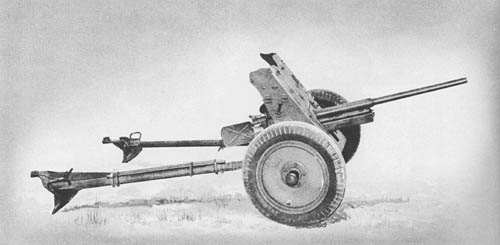
The 3.7 cm, formerly the chief German antitank gun, has been largely replaced by the 5 cm (1.97 in.) antitank gun. A stick bomb, 6 1/4 inches in diameter and with an overall length of 29 1/8 inches, has been recently introduced for use with the gun. The bomb, a hollow charge type, has a steel rod which fits into the bore of the piece, and a perforated sleeve which fits around the barrel. Its use is likely restricted to short ranges.
The gun is normally towed on its own wheels by a tractor but may also be carried on a lorry. Weighing 950 lbs., it is a suitable weapon for use by air-borne troops.
The piece consists of an “A” tube, jacket and breech ring combined. The breech block is of the horizontal sliding block type with a hand operated block stop.
The axle incorporates independent suspension which is, however, locked when firing, the freeing and locking being controlled by the opening and closing of the trail legs.
The lower carriage has a pivot housing and bearing face for the top carriage. It also carries the traversing rack, the travelling clamp and the locking gear for the trail legs and houses the axle.
The layer stands on the left side of the weapon and operates the traverse with his right hand by a small handwheel (clockwise to the right, anticlockwise to the left). The arc of traverse is 60°. The arc of 21° elevation and 13° depression is completed by 32 1/2 turns of the handwheel, which the layer operates with his left hand.
A hydraulic buffer and spring recuperator are provided.
The straight tube telescope sights are mounted on an upright bracket carried on the top carriage.
The shield is composed of the gun shield and leg shield, of 3/16″ armor plate. The leg shield folds under the lower carriage when travelling, and folds down to ground level when in action.
SPECIFICATIONS
| Caliber |
|
3.7 cm (1.45 in.) |
| Weight (firing position) |
|
970 lbs. |
| Length of tube |
|
65.52 ins. (50 cals.) |
| Rate of fire |
|
8-10 r.p.m. |
| Muzzle velocity (A.P. shell) |
|
2,625 f.s. |
| Range (maximum—horizontal) |
|
600 yds. |
| Elevation |
|
25° |
| Depression |
|
8° |
| Traverse |
|
60° |
| Ammunition |
|
A.P.H.E.; H.E.; stick grenade |
German: p. 130
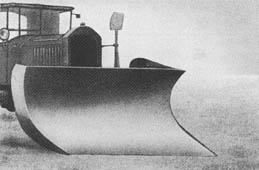 German nomenclature: schwerer Schneepflug Thp. K.
German nomenclature: schwerer Schneepflug Thp. K. 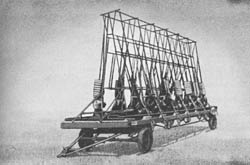 German nomenclature: Anhänger für Tragflächen 10 meters (Sd. Ah. 451).
German nomenclature: Anhänger für Tragflächen 10 meters (Sd. Ah. 451).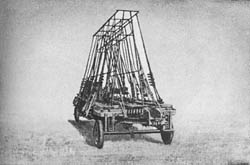 German nomenclature: Anhänger für Tragflächen, 6 meters (Sd. Ah. 450).
German nomenclature: Anhänger für Tragflächen, 6 meters (Sd. Ah. 450).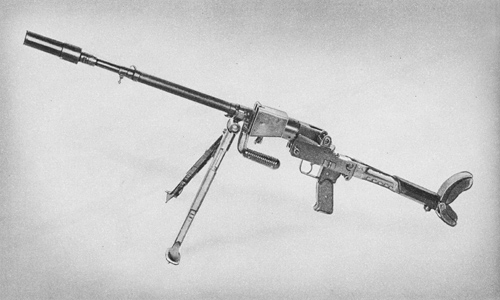
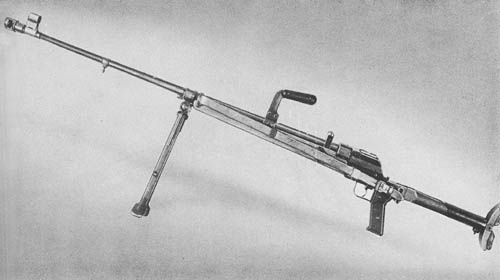

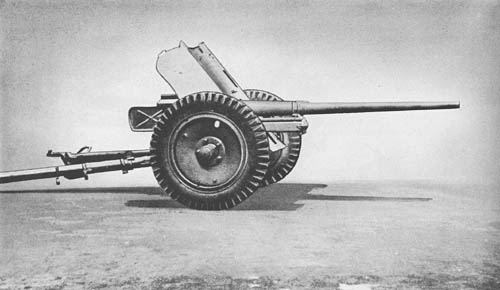
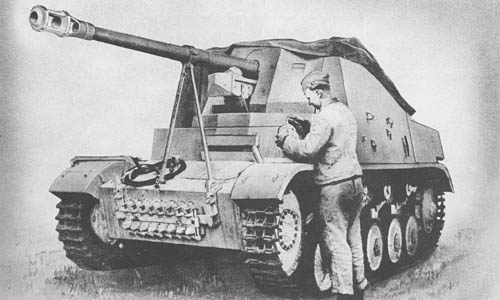
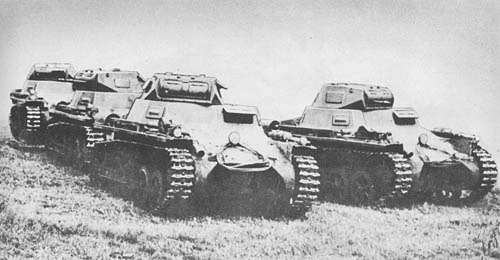
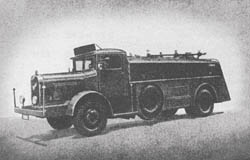 German nomenclature: schwerer Betriebstoffkesselkraftwagen (o) mit Fahrgestell des schwerer Lastkraftwagen (o).
German nomenclature: schwerer Betriebstoffkesselkraftwagen (o) mit Fahrgestell des schwerer Lastkraftwagen (o).